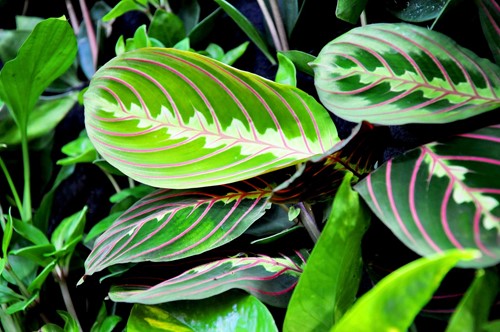
Prayer plants are popular houseplants because of their vividly colored leaves. Like most tropical plants, it's uncommon for prayer plants to bloom when kept as houseplants. However, given the right conditions, you might still notice the pleasant surprise of flowers on your prayer plant. Here is a basic guide to what you should know about prayer plant blooms:
How to Recognize Prayer Plant Flowers
Prayer plant blooms are small and can be easy to miss due to the plant's growth pattern. You can recognize early signs of blooming by long, slender stalks resembling stems rather than unwrapped leaves. The flowers are usually white or pale purple and similar in shape to sweat peas or snapdragons. Though it's very faint, the flowers have a sweet scent.
Why Is My Prayer Plant Blooming?
Prayer plants grown indoors tend to bloom in spring and summer. Even if you keep your home's climate and light conditions regular throughout the year, plants will still follow the changing of seasons for growth and dormancy. Like most plants, prayer plants tend to go dormant in the winter and produce new growth in the warmer months.
However, every plant's behavior is unique. Some prayer plants bloom well into the fall and continue to push out new growth through the winter. If your prayer plant blooms, it's a sign of a healthy plant in ideal conditions.
Should I Prune Prayer Plant Flowers?
When plants bloom, they focus their energy into the flowers rather than creating new foliage. If your prayer plant produces flowers, you'll likely notice a decrease or complete lack of new leaf growth. A shift in behavior like this is normal, but if you want to prioritize new leaves and overall plant growth, you can prune the flowers. Pruning is as simple as snipping or pinching off the flower stalks as they appear.
While more common than many houseplants, prayer plant blooms are still a rarity. If your plant blooms, you know it's happy in your care.
About the Author

Cassie Studstill
On the "Forgotten Coast," we are serious about fun, relaxing, and loving the beach-to-bay life. As your real estate partner, let us manage the before and during, so after you can quickly get back to where you want to be - enjoying our unspoiled haven on the sea.
